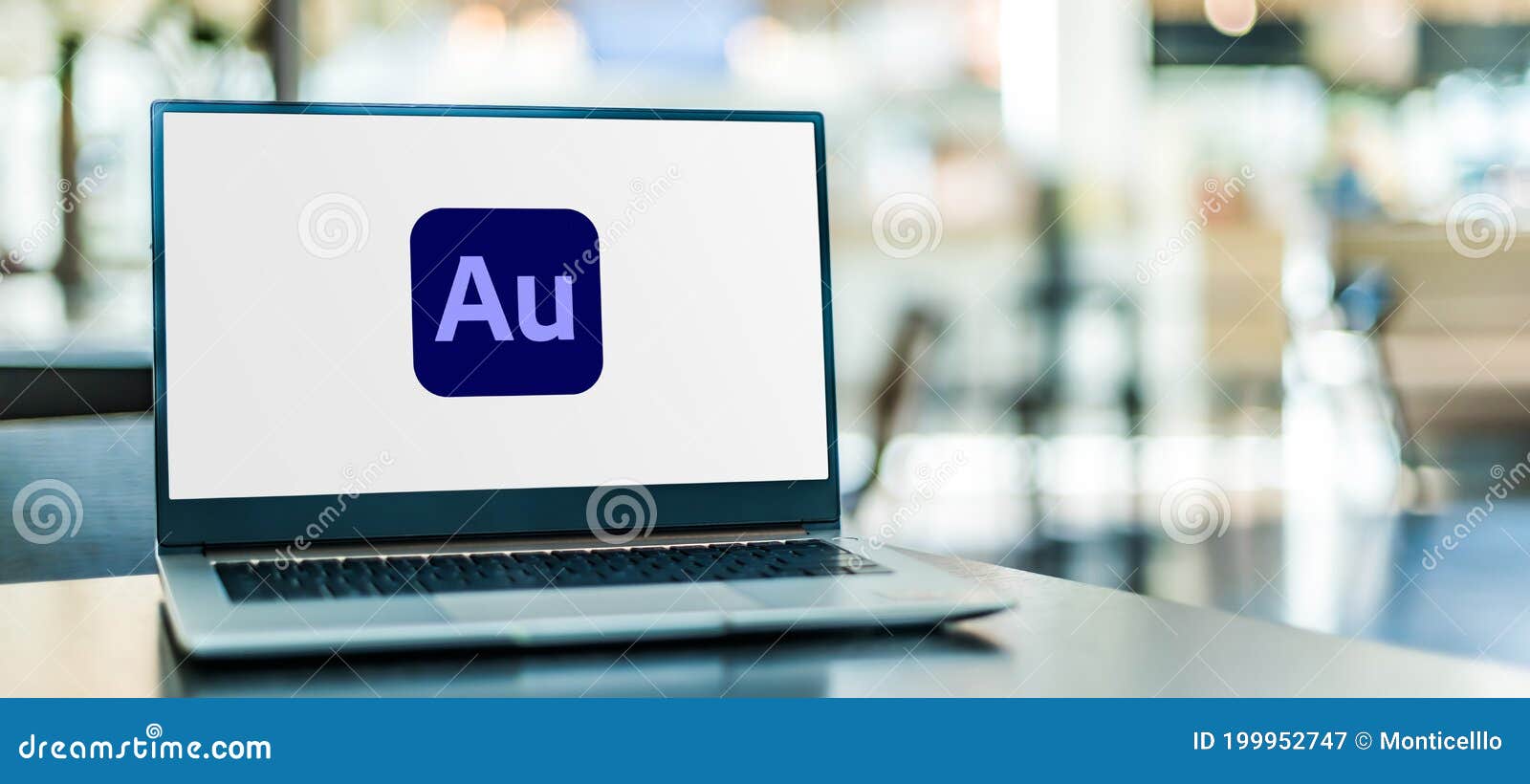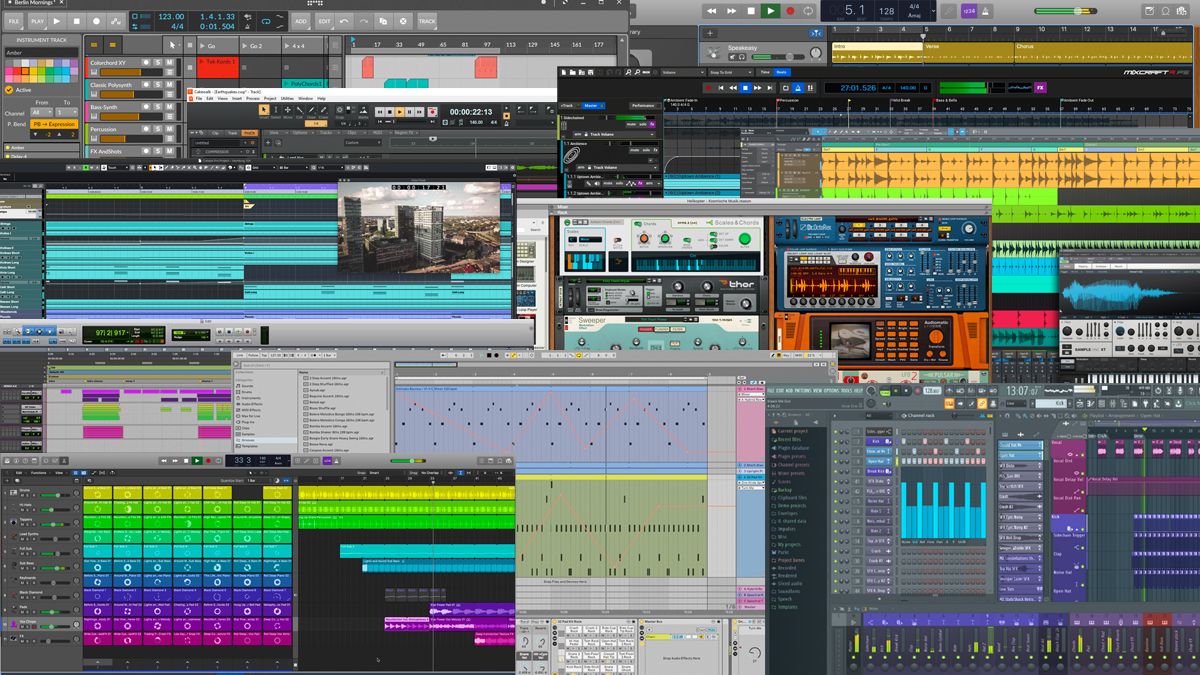Adobe Audition CC, A professional audio workstation. Create, mix, and design sound effects with the industry’s best digital audio editing software. Edit, mix, record, and restore audio. Audition CC is a comprehensive toolset that includes multitrack, waveform, and spectral display for creating, mixing, editing, and restoring audio content. This powerful audio workstation is designed to accelerate video production workflows and audio finishing and deliver a polished mix with pristine sound.
Adobe Audition Creative Cloud is incredibly powerful. Not only does it have all of the functionality of an audio editing program, but it also has the multitrack recording and editing capabilities that are associated with digital audio workstations (DAWs). The layout of the software is intuitive, clean and customizable, and the software provides an impressive toolset to handle any type of audio editing job.
Adobe Audition pre-activated 2020 Crack A professional audio workstation. Create, mix, and design sound effects with the best digital audio editing software in the industry. Adobe Audition Crack is a complete set of tools with multitrack, waveform, and spectral display to create, mix, edit, and restoring audio content. Adobe Audition CC, A professional audio workstation. Create, mix, and design sound effects with the industry’s best digital audio editing software. Edit, mix, record, and restore audio. Audition CC is a comprehensive toolset that includes multitrack, waveform, and spectral display for creating, mixing, editing, and restoring audio content.
Since Adobe Audition comes from the Adobe Creative Cloud, you pay for the service on a subscription basis. Adobe has a few different payment options you can choose from including monthly payments, an annual lump sum or an annual plan paid in monthly increments. You can also choose whether to purchase Adobe Audition by itself or pay for the entire Creative Cloud and all its applications.
One nice thing about working with Adobe Audition is its ability to switch between different interface layouts. If you have used previous versions of Audition and liked the classic layout better, you can switch to that layout in the window preferences and feel right at home again. You can change the layout of this audio editor, but you can’t add or remove tools from your toolbar.
This is one of the few professional audio editing programs that allows you to record more than one audio source at once. With Adobe Audition you can tackle your multitrack recording project and record multiple audio sources simultaneously. This audio editor also has a full digital mixer so you can adjust the levels, panning and other parameters of multiple audio tracks at once. These are the characteristics of a DAW, which is part of why Audition is so powerful.
One of this program’s strong suits is its audio restoration abilities. We imported a single voice audio sample that was laced with noisy hiss, hum, pops and cracks that are generally associated with old vinyl recordings. To remove the unwanted noises from the recording, we used the sound sample tool. With this tool you can highlight a part of your audio where there is unwanted noise and sample it for Audition to learn. You then run the filter over the entirety of your audio, and Audition will remove any occurrence of the noise throughout the recording.
The results were outstanding. Virtually all of the noise from the recording was removed, and the vocal in the recording was uncompromised. This was one of the best audio restoration results that we’d heard from all of our audio testing.
This audio editing software program has an abundance of effects that you can add to your audio including delays, reverbs and distortion. All of the effects you can apply to your audio include a handful of presets, so you can quickly click on the drop-down menu to find the right effect parameters. You can also chain effects together, another quality mostly found in DAWs.
If you have multiple files that you want to apply processes to, you can click on the batch-processing tab on the file manager and add files for batch processing. This is a quick way change multiple files in one sitting.
What is a DAW, you ask? It stands for Digital Audio Workstation. Yeah it is a term that gets thrown around a lot when talking about audio recording. But what does it really mean?
Okay, I said it stands for Digital Audio Workstation. But that isn't a whole lot of help is it? Like so many other terms in the audio recording world, it feels a bit overly complex for what it is trying to describe.
Let's make it easy. A digital audio workstation is audio recording and editing software that allows you to record multiple tracks, which you then mix together to create a final audio file.
So Why Call It A DAW Rather Than Just 'A Recording Software Program?'
In general, there are two types of audio recording software - DAWs and audio editors. I say 'in general,' because there is sometimes cross-over between the two. Some editors also have DAW (multi-track recording) functionality. And most DAWs have some editing capability. So things can get a little confusing.
So can we simplify things even more?
I think so. Let's say we have a recording program. We want to record several tracks, like your voice first, on track one. Then maybe you want to put some music on track two. You might also want to add some sound effects on a track, some drums on another track, etc. When you're done, you'll have lots of tracks.
What do you do with all the tracks? Adjust all the volumes so you can hear everything together. this is called 'mixing.' You might also want to pan each track - some to the left, some to the right. And then you might want to add some effects, like reverb, etc.
One other thing that most DAWs allow you to do is work with MIDI sequencing. That allows you to play virtual instruments, which is very cool.
When all that is done, you export (the DAW term is usually 'render' or 'mix down') the final result into one single audio file.
All the above is done using a DAW - lots of different actions to help you create a final piece of audio.
If That's a DAW, What Is an Audio Editor?
In a digital audio workstation, you work with lots of different audio items and mix them together. An audio editor works on one file at a time (remember, we're making things simple here).
For example, if you have a voice recording, you open that in an editor. You do all sorts of things to that one file, such as zero in on different areas of the file and adjust the volume up or down. You can slice out bits of audio, speed it up or slow it down, remove noise, add reverb, and dozens of other things.

Eventually, you get the file sounding just the way you want and save/export the edited file.
The editor allows you to quickly do a lot of things to a single audio file, whereas the DAW mixes lots of different audio files together to create something new. That's not an exact definition, but it is a useful description.
The Tasks Often Overlap

Sometimes a DAW can do editing tasks, and editors can do multitrack/DAW tasks. So the line can be pretty blurry sometimes. Adobe Audition is an example of software that actually does both things. There is a toggle control that allows you to work in MultiTrack mode. When you do that, you are basically using Audition as a DAW. Then you can switch to Edit Mode for editing. I use Audition as my primary editor and never use its DAW capabilities.
Why Even Use An Editor?

One main reason why I exit my DAW (Reaper is my DAW of choice) to use and editor is that I often prefer working on one audio item/track/channel at once. It can get confusing and cluttered to work with multiple tracks. Also, editors don't slice up audio waveforms into multiple pieces in a track like DAWs do. So again, you can have a less fractured experience when working with an editor.
Here is just one example. Let's say that in a DAW, I select 5 seconds of audio that I would like to edit. Maybe there is a p-pop there, and I want to apply an EQ effect to correct that. I CAN do this in a DAW. But I would first have to place a slice before and after my p-pop, making that 5-second selection a separate audio item. That's the only way to apply an effect to JUST a small section. Otherwise, the effect would apply to the entire track or audio file.
So I would end up with 3 audio items in my track after just that one edit - the section before the p-pop, the p-pop selection, and the audio after it. Now imagine I had 10 p-pops to fix in this track. I'd have w whole bunch of sliced up bits of audio in my track.
In an editor, you highlight a section, apply the effect and it's done. All the audio is still intact, no matter how many times you do an edit.
What Are Some Examples Of DAWs and Editors?
Remember that I said most digital audio workstations do some editing, and vice versa? Keep that in mind as I present some examples of DAWs and editors here.
Popular DAWs
Adobe Digital Audio Workstation
- Avid Pro Tools - The industry standard
Popular Editors

There are lots of programs I could add to each list, but those are some of the biggies.
I hope that helps to answer the question 'what is a DAW?'
Adobe Digital Audio Workstations
In my course - The Newbies Guide To Audio Recording Awesomeness, I teach how to use Audacity (an editor with some DAW capabilities which is free) and Reaper (a DAW which only costs $60) to create professional quality audio at home.
Digital Audio Workstation Free App
If you'd like to get started with the step-by-step using an audio editor AND a DAW, check out the free videos below:
